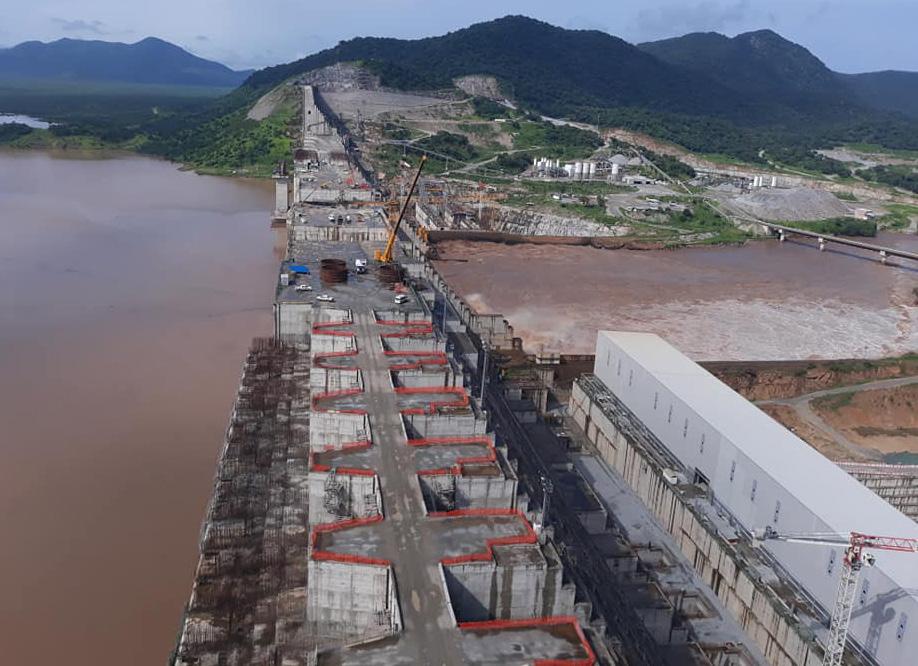
5 minute read
Tourism on Nile “The Mount Everest of Rivers”
ABN; What is the current status of Tourism in Ethiopia?
Sileshi : Ethiopia is a land blessed with a rich and varied heritage from over 80 different cultural traditions and religious festivals to ancient history, archaeological wonders and unspoiled natural endowments. Indeed, it is said that Ethiopia represents all of what is African in one country. In the past, Ethiopia’s tourism arrivals have tripled since 2006 from three hundred thousand to above 800,000 arrivals in 2017. Before Covid-19, Ethiopian tourism sector was projected to continue growing at 9% in the year. Instead, Covid-19 actually creates a fall and arrivals in 2020 are forecasted to decline compared to 2019.
Advertisement
ABN ; What government interventions are there & your expectations on Covid -19 impact in Tourism?
Sileshi: The pandemic has already limited visitor number & spending in the past months, and hurt businesses. Currently, the government of Ethiopia has started supporting the tourism
businesses through banks to offer loans to cope-up the challenge from the pandemic. I believe tourism could play a vital role in creating more jobs and alleviating poverty. The sector is an important engine for the overall economic growth of the nation. While some countries may experience ongoing challenges, I expect a return to the levels previously forecast by 2022. This is based on the assumption that there will be no further serious impacts from Covid-19 in 2021, and our commitment towards working in integration on taping the sector’s full potential, recovers the tourism businesses and wisely take-over opportunities which might occur from the pandemic itself. Yet, public private partnership is an essential issue to grow the sector.
ABN; What experiences of using a dam for tourism purposes do you know?
Sileshi: Water bodies are already the major turism sites and attractions. For instance Carabean countires are one of the well known nations in using their water bodies (coastal area, lakes,
ABYSSINIA BUSINESS NETWORK

ABN
ETHIOPIA
rivers and streams) as major tourism destinations in the world.
The goal of dam building is varied as the time passed the recreational function of a dam is relatively “young”. Nowadays, the use of artificial reservoirs for tourism and recreation is common (cf. Nemeth and David 2007). Such as, majority of the current dam reservoirs in Poland and the states serve as multifunction lakes. Many are used also for tourism purposes and attracting hundreds of thousands of visitors every year.
ABN; How do you see GERD in Ethiopian tourism?
Sileshi: Ethiopia shelters 12 river basins and is known as “the water
tower of the northern and eastern
Africa”. Besides, there are good numbers of lakes, hot springs, rivers, and waterfalls attracting visitors.
According to literatures, it has been realized that marine tourism is attractive for young and adventurist tourists. Looking in to the tourism context of Ethiopia, existing visitors are mainly of senior and educated. Sileshi Girma Chief Executive Officer /CEO/ Tourism Ethiopia

Hence, develop a niche market through targeting in to the young, energetic, adventurous and marine tourism loving tourists and develop the marine tourism destination products is vital so as to have a stable tourist in flow and tourism industry earnings year round.
The fact that dams are providing different recreational and educational opportunity for people they have always been drawing people from different parts of the world.
Most importantly, Ethiopia can exploit the unique potential and opportunities of the dam edges & its surrounding area and introduce new forms of tourism such as marine tourism activities; swimming, diving, boating, wetland bird watching….to attract both domestic and foreign tourists.
The inherent development potential of the dam derives broad based socio-economic benefits for the adjacent communities. The dam’s infrastructure, technology employed and surrounding environs can be an important reason to attract visitors. Yet, the development of tourist facilities and services which aim at fulfilling the needs of the visitors are key. Such as, accommodation facilities range from hotels with high standards to smaller pensions, campsites, recreational center, private accommodation, agri-tourism, souvenir kiosks, food facilities (bars and restaurant) and auxiliary facilities (souvenir shops and kiosks) are required in close proximity to the dam. Thus, it encourages tourism businesses, create jobs and enhance socioeconomic benefits. The project will also rapidly demonstrate pro-poor tourism development, improve the profile of the site and create positive investor sentiment for the destination as tourism place as a whole.
86%


of the Nile water originates in Ethiopia with the reminder emanating from other countries in the Nile Basin.
ABYSSINIA BUSINESS NETWORK ABN
N I L E


ABN; What is your feeling towards the agreement of downstream countries in launching Tourism on GERD?
Sileshi: Rivers in general represent many different values to different people. Such as, rivers symbolize connections, since they touch everyone. Therefore, I expect and want to see upper & downstream countries tourists, researchers, historians, hydrologists to be highly interested to see the dam. It is likely to attract both upper & lower countries which have contributories towards river Nile. Hence, there can be recreation activities such as boating, wildlifewatching, water sports and other leisure activities for visitors to experience.

Under Art.43 of the Constitution provided that Peoples of Ethiopia have the right to improved living standards and to sustainable development. Similarly, The Environmental Impact Assessment Proclamation (Proc. no. 299/2002) has stipulated the need to harmonize and integrate environmental, economic, cultural, and social considerations into a decision-making process in a manner that promotes sustainable development. Most importantly, Tourists are not coming to visit a single country or Ethiopia alone and it’s an opportunity for downstream countries too. In general, access to electricity from the hydropower is an essential element to support the development of tourism on the largest river of the world. It ensures the creation of a more competitive North East Africa tourism region (Ethiopia, Sudan, Egypt…). This makes it a new competing tourism area as of what we see in South East Asia, South America, Northern Europe regional tourism markets.










